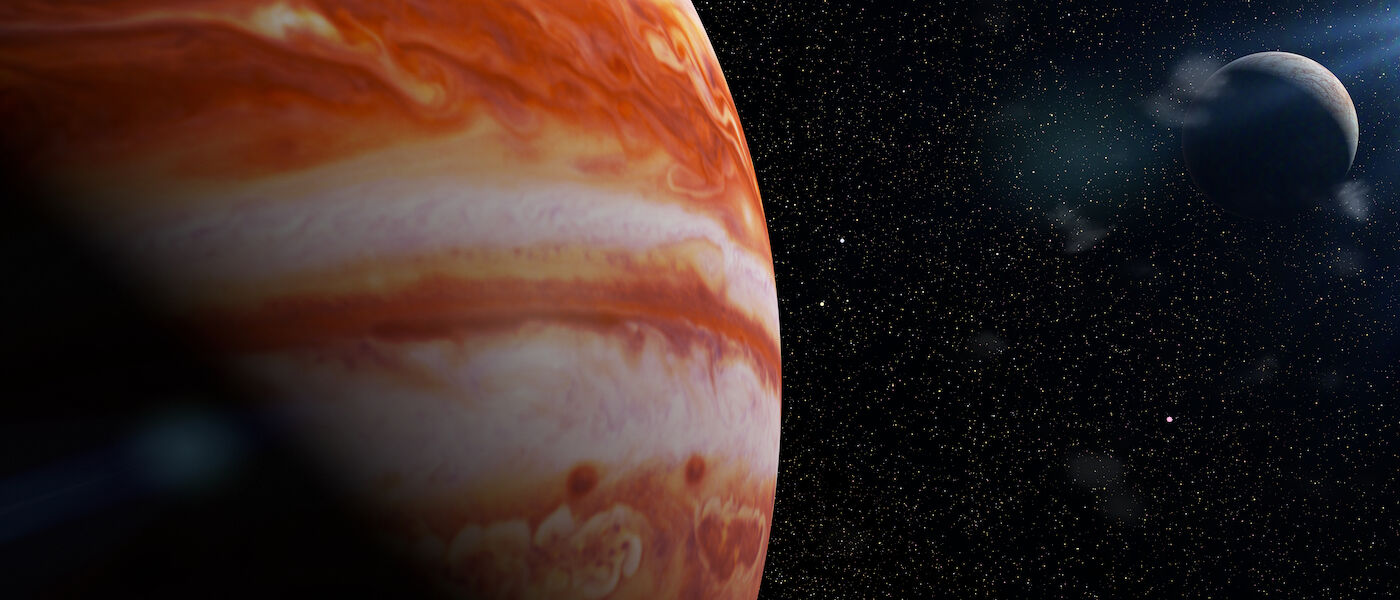Scientists have discovered 12 new moons around Jupiter, and one of them is pretty odd

The more moons, the merrier! Scientists recently announced they have discovered 12 new moons around Jupiter, bringing its total to 79. That's the most of any planet in our solar system!
We have known that Jupiter has moons since 1610, when Galileo discovered the four Galilean moons. So, why did it take us so long to find these newest twelve? They are tiny. The smallest moon, Valetudo, is only 0.6 miles in diameter! They likely were captured from nearby asteroids instead of forming around the same time as Jupiter itself.
All of the newly discovered moons, except for Valetudo, have retrograde orbits, meaning they orbit in a direction opposite Jupiter’s rotation. Valetudo – the odd one out in the group – has a prograde orbit, meaning it orbits in the same direction as Jupiter’s rotation, but opposite the nearby moons. Imagine you were on a busy highway, driving against traffic. That is essentially what Valetudo is doing!
Even though we have been studying Jupiter and its moons for over 400 years, there is always more to discover! Jupiter is the largest planet in our solar system, so we can't wait to find out what else the giant planet is hiding.
Interested in learning more breaking space news? LSC Space News Now appears at the end of each Wonders of the Night Sky show. Click here to see our full list of shows in the Jennifer Chalsty Planetarium, the largest and most technologically advanced planetarium in the Western Hemisphere.
